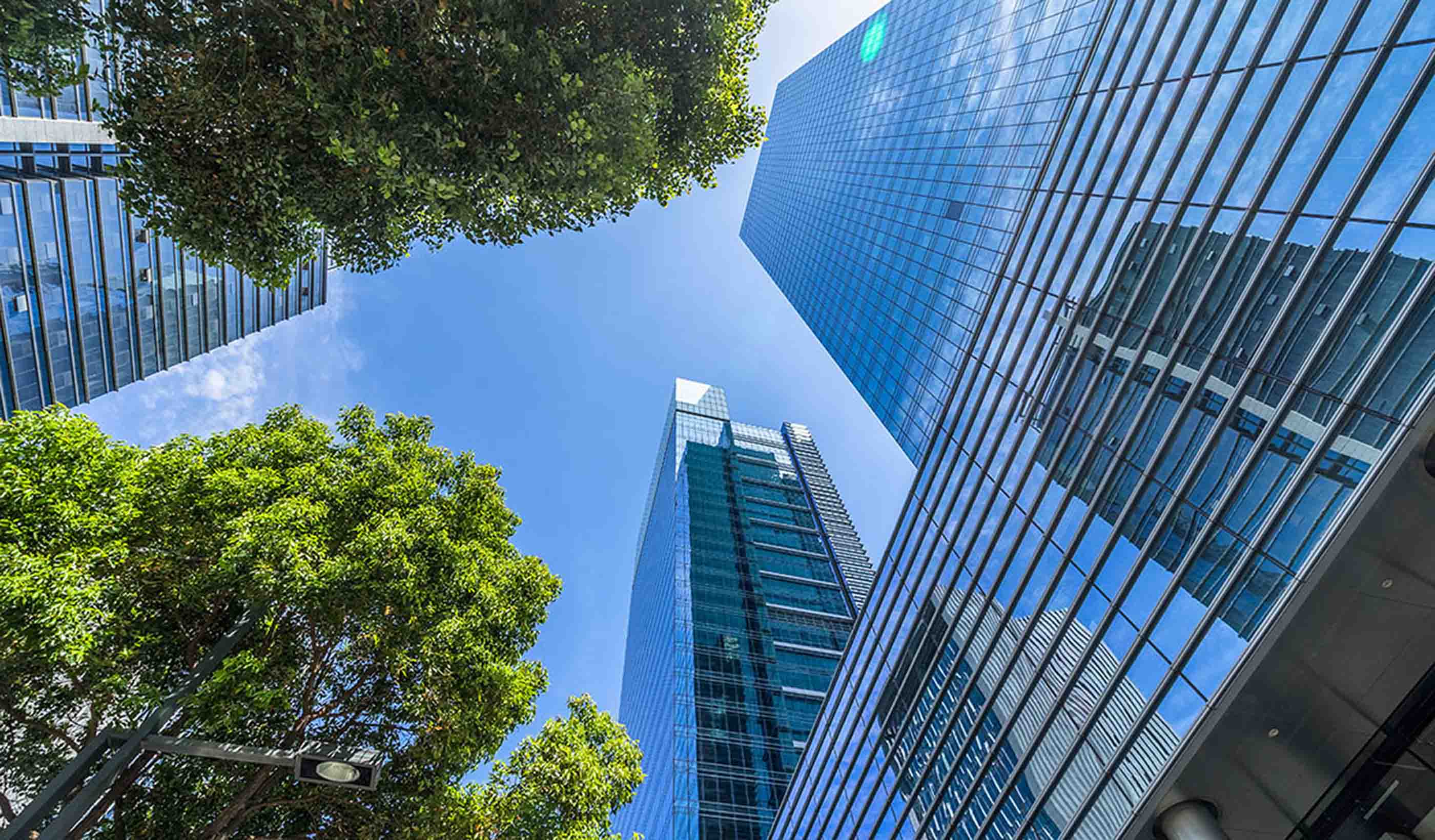How can businesses and policy makers achieve climate justice?
June 14, 2022
June 14, 2022
It’s critical to recognize vulnerable groups and support fair development
Greenhouse gases (GHG) aren’t created equally. And climate impacts aren’t distributed equally. Nor are they just.
The United States, China, and Russia are historically responsible for the largest share of cumulative GHGs. At the same time, some vulnerable countries with the lowest carbon emissions are most at risk from climate impacts. For example, Mozambique’s share of global cumulative carbon dioxide is only 0.01%. But more intense—and more frequent—droughts, floods, and tropical cyclones have affected two-thirds of its population. People there increasingly need basic support, such as access to safe water and financial resources.
Even within developed countries, there is an alarming gap between rich and poor. High-income populations drive climate change with lifestyle choices like frequent flying and overconsumption. In contrast, low-income populations often cannot pay for basic mitigation and adaptation measures. These can include home retrofits, flood-proofing renovations, solar panels, air conditioning units, and more. These populations can also struggle with other costs such as higher electricity bills, higher water bills, and high insurance premiums.

The main argument of “climate justice” is to see beyond mere mitigation and adaptation technologies, and to also address inequality and human rights.
Climate impacts have potential effects on poverty, development, and inequality. Without a social justice perspective, climate change can worsen inequalities. How? By disproportionally affecting certain people and groups. They may include those that are vulnerable, socially disadvantaged, economically challenged, and marginalized. These groups include women, children, seniors, Indigenous Peoples, and people living in low-income communities of color.
The main aim of climate justice is to recognize vulnerable groups. It’s also to support fair development, human rights, and the right distribution of benefits and responsibilities of climate change—now and in the future.

The effects of climate change can result in floods, droughts, tornadoes, and heatwaves. July 2021 was the hottest month on Earth’s record.
Climate change is a global issue. Many countries have national climate policies to reduce impacts and risks. But effective climate policies must also be addressed at the local level. And there must be a combination of mitigation (reducing GHG emissions) and adaptation (adjusting to climate impacts) strategies. Adaptation measures are critical to reduce risks.
Some people and places are more vulnerable to climate change impacts than others. Finding and understanding areas of increased risk can help during climate action planning processes. It can help address inequities and pinpoint areas where change is needed. For example, it may:
There are several approaches that can help governments, policymakers, and businesses address the climate crisis and the growing demand for climate justice.
I recently conducted research to find districts that are most vulnerable to future heat and flooding hazards in Great Britain. I looked into the most vulnerable districts to see if they had mitigation and adaptation strategies in place.
My results showed high to acute heat risks for the urban areas, such as greater London and Birmingham. I also found high to extreme flood risks in several districts, with the highest ranks for Boston and The Humber, Lincolnshire, and Bristol channel areas.
Of the 85 most vulnerable districts, more than half had joint heat and flood risks. Admirably, 90% of British districts had climate action plans. But most of them only focused on mitigation, and performance scores were mainly low. I also found gaps in risk awareness, financial constraints, and various behavioral barriers as limitations and barriers to adaptation.

Identifying additional locations of urban vegetation, increased perviousness, and surface reflectivity can help to address urban heat management.
The research shows that adaptation plans are not only needed but local authorities must also check their application. This allows them to learn from outcomes and improve the process. But they should also address gaps in public knowledge on climate change impacts and risks. Then, they can share that knowledge with the people. For example, while 73% of the districts had helpful websites, not all of them had direct information related to climate change. And very few showed the risks of extreme heat.
I also found out that many houses were—and still are—being built on floodplains. Sharing this kind of information with the public can help people find climate risks in their region.
Mitigation and adaptation actions should narrow regional inequity by focusing on vulnerable communities, building relationships to learn about their needs, and supporting those most at risk. We should also think of workers while moving to a clean economy. Just as oil, gas, and power workers need a just transition to clean energy, farmers also need help to transition to sustainable agriculture in just and fair ways. After all, agricultural expansion causes almost 90% of global deforestation.

Greenhouse gases are not created equally. And climate impacts are not distributed equally or just.
There are several approaches that can help governments, policymakers, and businesses address the climate crisis and the growing demand for climate justice. They include:
The extent of what needs to be done may seem daunting. But it is important to not further delay action. Whether you’re designing an energy system, transportation network, park, hospital, school, or any kind of infrastructure, you have a role to play in tackling climate injustice.